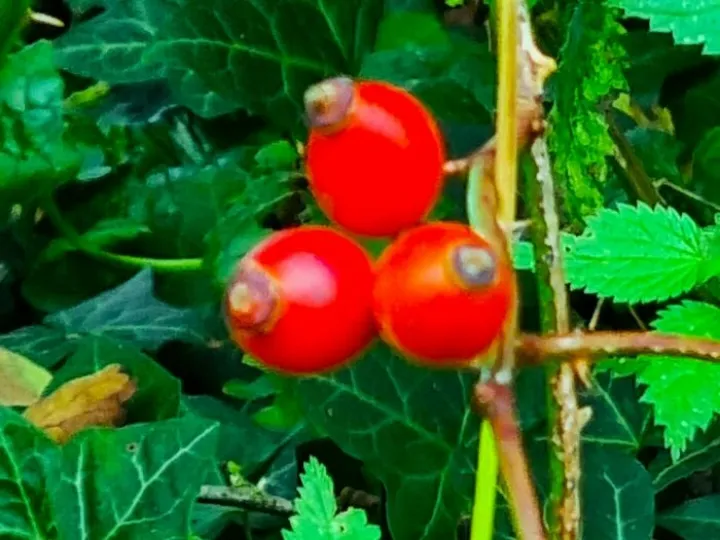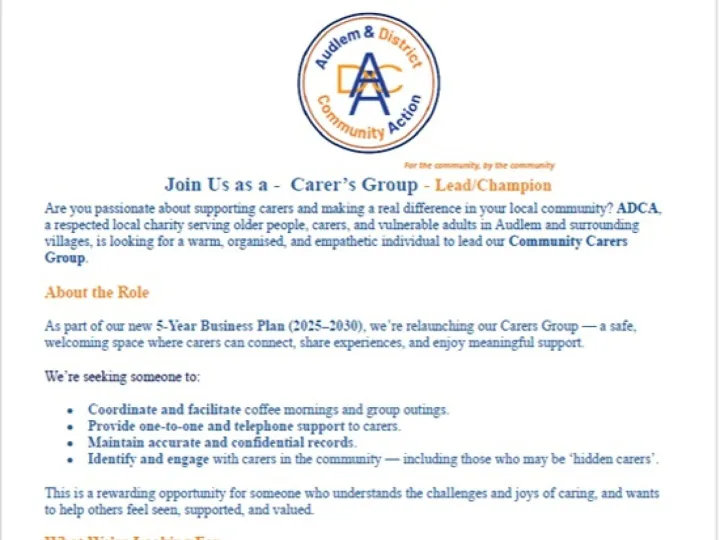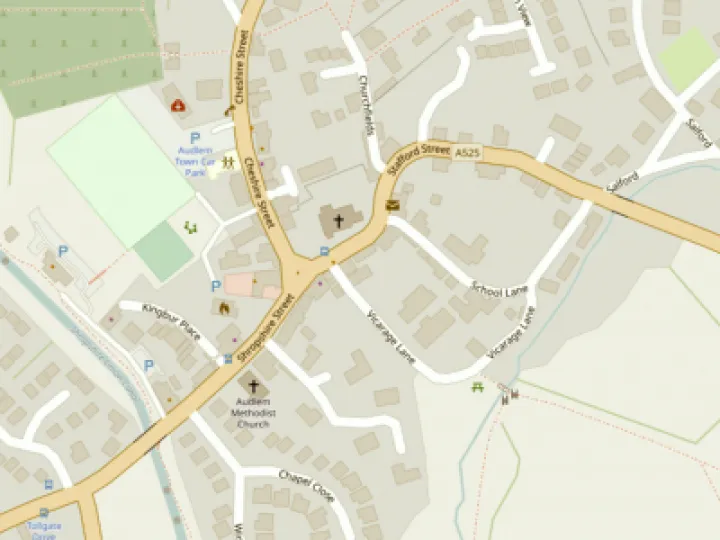

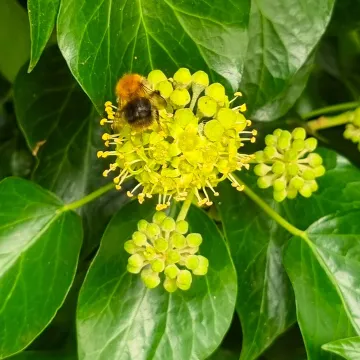



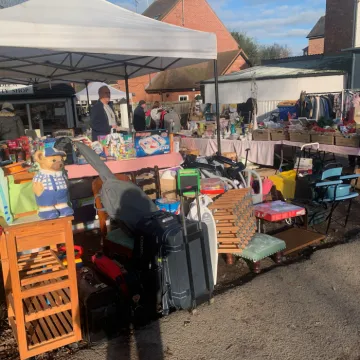

A Spoonful of Goodness by Adrian Leighton
I remember as a young child growing up after WW2, that one of the regular routines was to receive spoonfuls of stuff. Apparently the government of the day was anxious that we youngsters should grow up healthy and strong. To ensure this we received free bottles of orange juice (good stuff), cod liver oil (distinctly not good stuff) and rose hip syrup ( alright stuff, especially as sweet). Today these are called supplements bought as capsules in little plastic bottles from chemists and supermarkets.
I was reminded of my childhood memory, which I think is accurate, by a recent talk at Audlem Wildlife and Ecology Group. This was a fascinating account of the medicinal value of hedgerow fruits .It is not a lifetime ago when we were more in tune with the natural things that boost our health, even raw cod liver oil!
It set me thinking as I set out for a walk along the canal as to how many of the health giving fruits I could find. Some such as damsons and blackberries were well over but others were still around.
Snowberries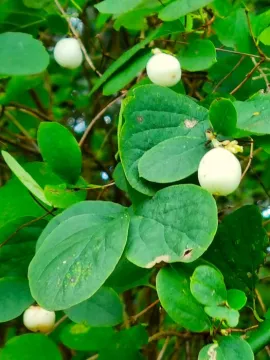
It wasn’t long before I found the red Rose Hips fruit of the Dog Rose and rich in Vitamin C. As well as made into a syrup, it can also be used in bread, as herbal Tea, as Mead and even Brandy or eaten raw. The bright red colour of the hip which contains the seeds is an visitation to birds and animals to eat them! In this way the seeds will be disperses through the droppings. Sometimes it is good to think of be benefits to the plants and ecosystem rather than just humans.
The next to catch my eye were the small red hawthorn berries, or haws.
These are sometimes called the “Heart Berry” and have been used to treat heart conditions, both physical and emotional since the first century. They were used by the North American Indians and remain a popular herbal heart medicine. The active ingredients are “flavonoids” or Vitamin p, which have an anti-inflammatory effect and also shown to be anti-cancer, anti-diabetic and neuroprotective. The cell production control effect seems to be the key factor in all this both for the plant and us humans..
Continuing my walk, I was aware that some fruits were no of value to human beings but were very important to other creatures . The seed heads of common ivy (Hedera) play an important part in preparing some insects for winter. The seeds have a very high fat content and can be seen in late Summer and Autumn covered in bees, wasps and hoverflies. They are also an important food far butterflies and moths including the Holly Blue. And no, ivy does not kill trees although too much might make them unstable.
Whist most plants had shut up shop at this time of year, one that relishes the quieter season is the Snowberry. These white balls look quite tempting to pick, but beware, they contain Saporins which are toxic to humans. Indeed this ingredient also provides an effective protection against herbivores, insects and the microbes and fungi that might cause damage. On the other-hand thrushes, partridges and grouse can eat the berries and spread the far and wide. Very clever!
Finally, I can’t help sharing this picture taken in my garden. The squirrels obviously listened into our talk on the benefits of fruits and berries, as they enjoyed some of the crab apples dangling near our bird table.
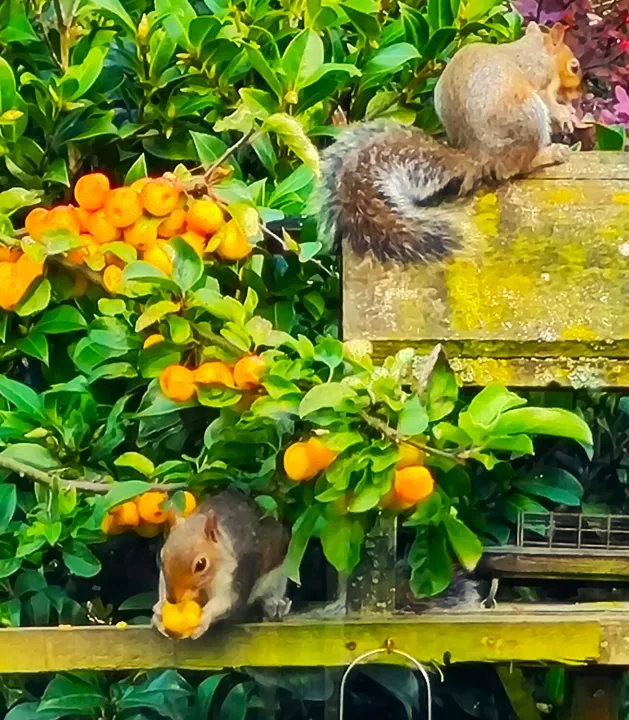
Whilst we often consider plants in terms of their value to us, in truth, we are only part of an ecosystem The plants do not grow for our benefit, although we can receive benefits from them. What a wonderful and generous world we live in.
Get In Touch
AudlemOnline is powered by our active community.
Please send us your news and views using the button below:
Email: editor@audlem.org

